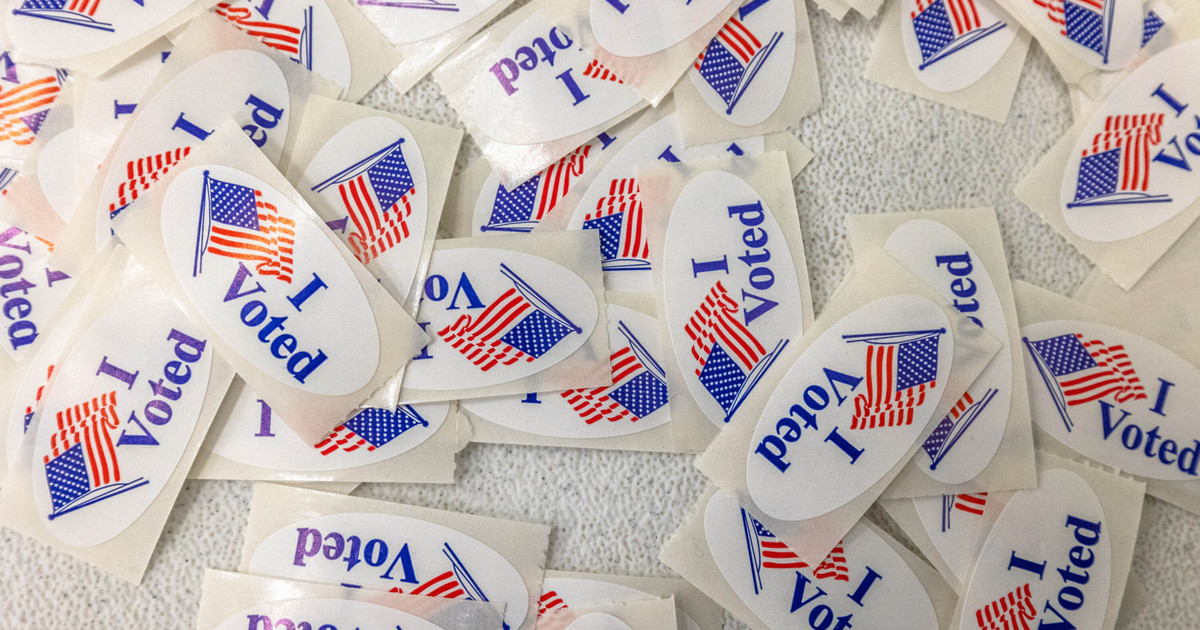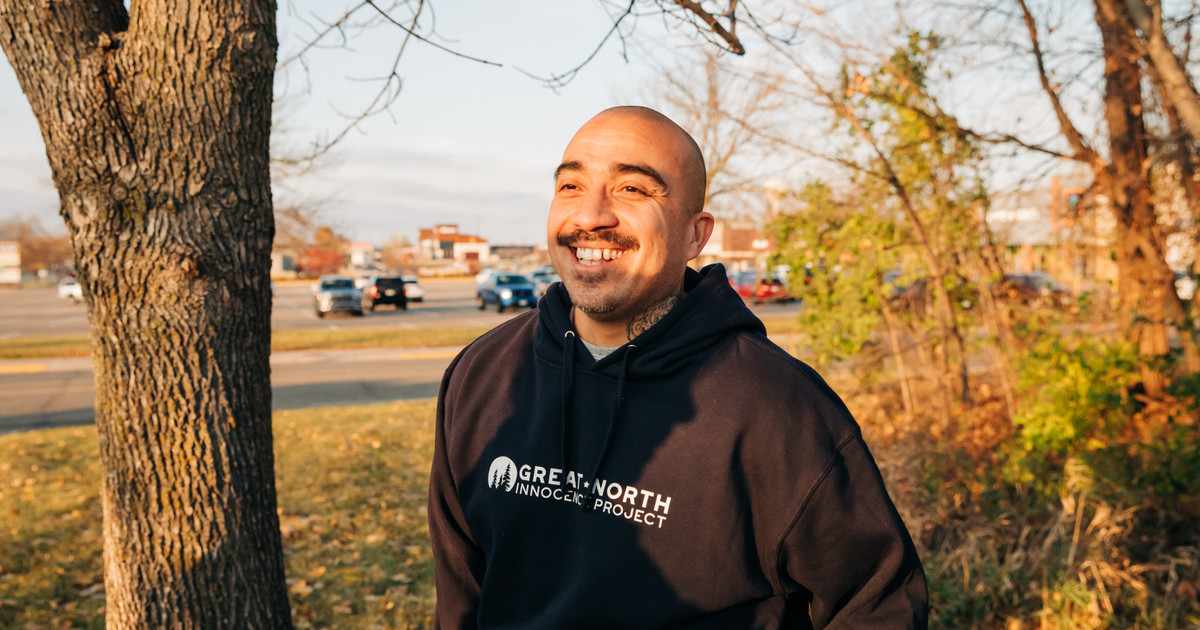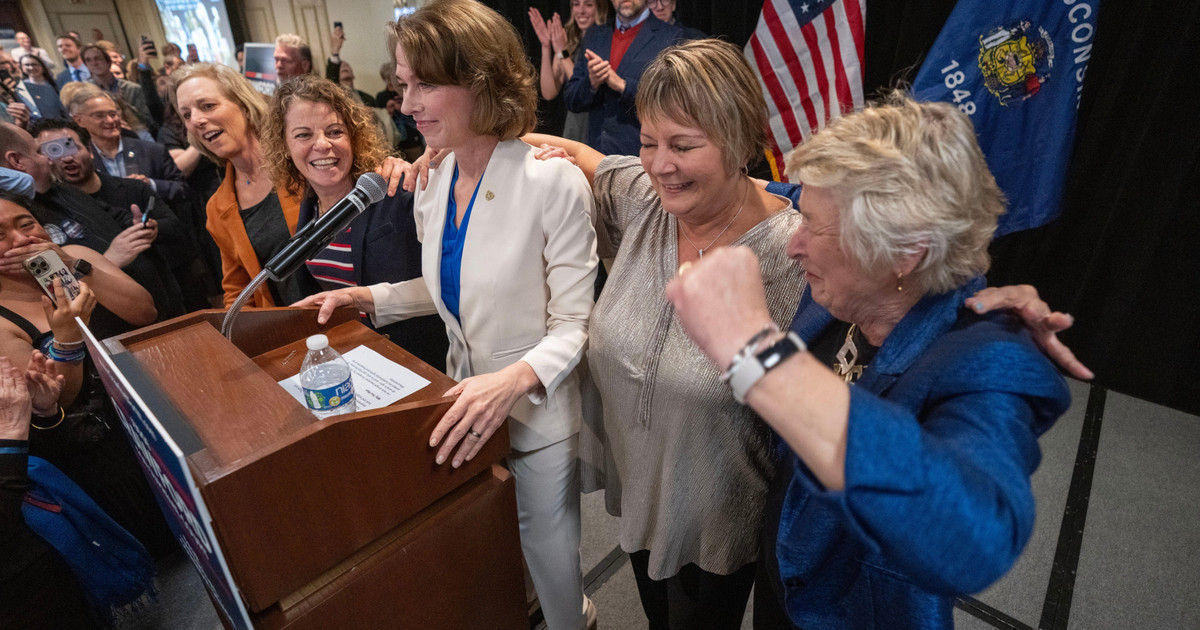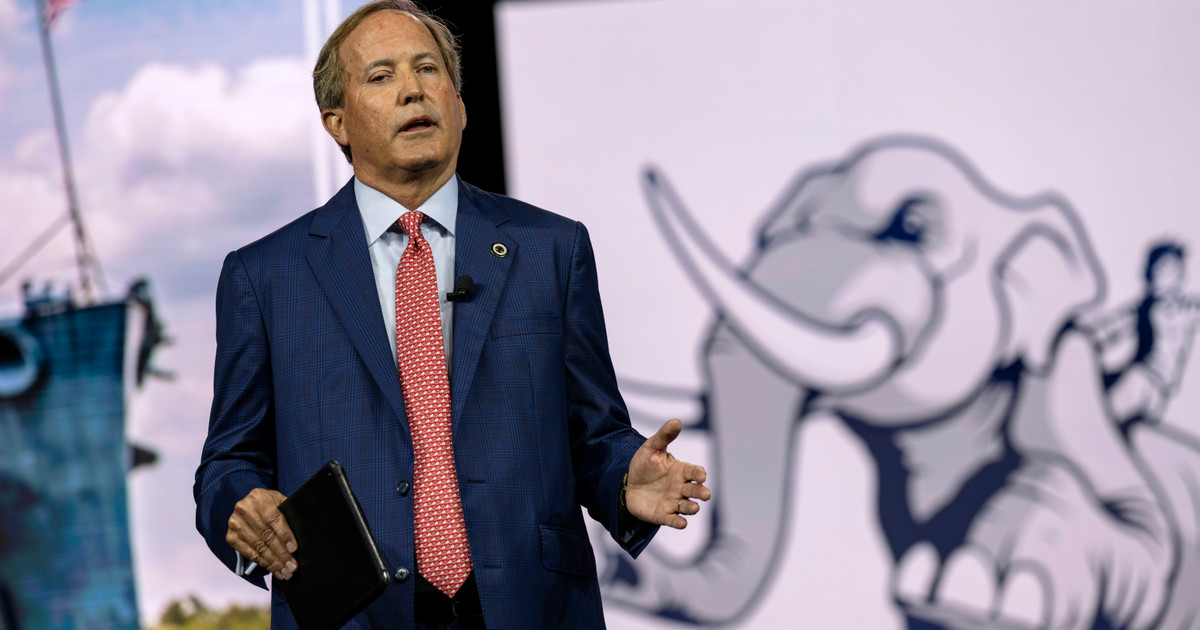In An Era of Big Money, the University of Illinois Shrugs Off Rules on Athletes NIL Deals
by Stacy St. Clair, Chicago Tribune, and Jodi S. Cohen, ProPublica ProPublica is a nonprofit newsroom that investigates abuses of power. Sign up for Dispatches, a newsletter that spotlights wrongdoing around the country, to receive our stories in your inbox every week. Amid a standout season last year, University of Illinois mens basketball stars found themselves in high demand as they reached the Elite Eight in the 2024 NCAA Tournament.Three players appeared in a commercial for a local BMW dealership. One did an Instagram post for TurboTax.Another promoted an apartment complex near the Urbana-Champaign campus. But not one of those endorsements which are allowed now that student-athletes can profit from their personal brands was reported to the university, as state law requires. In fact, the entire Illini team reported just $9,100 in name, image and likeness deals during the 2023-24 season, according to records obtained by the Chicago Tribune and ProPublica. By comparison, the average earnings reported for a male basketball player in the Big Ten and the three other biggest college conferences were more than $145,000 during that school year, according to data that institutions voluntarily provided to the NCAA.The Illini basketball teams missing disclosures reflect an indifference to documenting NIL deals across the athletic department, the news organizations found. Athletes from 20 sports combined have reported earning only about $1.2 million in three-plus years, compared with the $20 million Ohio State Universitys football team reportedly received in a single year, or a University of Missouri quarterback who alone is estimated to have made more than $1 million in NIL deals.By shrugging its shoulders at Illinois reporting requirements, the university is failing to compile a complete picture of how its students some of them still teenagers are navigating a relatively new terrain rife with legal, moral and financial pitfalls. I find that maddening and irresponsible, said Bill Carter, founder of Student-Athlete Insights, which provides NIL consulting services. It seems unethical to me to allow 18-to-23-year-olds to participate in something life-altering like this but provide no structure, no support, no direction. A University of Illinois cheerleader rallies fans at the start of a womens basketball game in February. The lead sponsor of the states law on college athletes name, image and likeness deals said one goal of the mandatory reporting provision was to examine potential gender gaps in compensation. (John J. Kim/Chicago Tribune) Officials from the Department of Intercollegiate Athletics say they inform the schools athletes of their responsibilities but acknowledge they do not enforce compliance, despite the Illinois law requiring athletes to disclose all deals to their schools. The officials downplayed those failures by asserting that reporting is spotty nationwide.Athletes should just disclose the deals, but both here and across the country, they just kind of dont really do that, Kamron Cox, a U of I assistant athletic director and the schools NIL specialist, said in an interview.In a three-page response to questions, the athletic department acknowledged students are underreporting their earnings and did not dispute any of the figures in this story. The statement noted it is students responsibility to report NIL agreements and said the university has fulfilled its obligations under the law by paying for an app that allows athletes to do so. It called the states disclosure rules which the university had advocated for ineffective, noting the law carries no penalties and arguing that punishing players internally would harm the institutions reputation. Our program, like most across the country, is doing its best to navigate in uncharted waters, the statement said. It contended that 70% of NIL deals nationwide go unreported, citing one industry insider whose estimates have varied. Blind adherence to an untenable process does not appear to be the expectation of the state, the NCAA, or our industry.Administrators also said they do not know how much money Illini basketball players or any of the student-athletes are receiving through NIL, even though todays collegiate marketplace requires understanding the amounts needed to recruit and retain star athletes. That lack of knowledge is not possible and its not believable, Carter said.More than 20 states, including Illinois, passed laws requiring athletes to disclose their deals after the U.S. Supreme Court ruled four years ago that collegiate competitors have the right to make money. ProPublica and the Tribune obtained records of the deals reported by U of I athletes from July 2021 through October 2024 via the Freedom of Information Act, offering the public a rare look at the lack of accountability in the big-money world of college sports. Michael LeRoy, a University of Illinois professor who has studied name, image and likeness deals in collegiate athletics, said he wonders why the Illinois athletic department hasnt done more to ensure compliance with NIL reporting requirements. (John J. Kim/Chicago Tribune) The records the U of I provided to the Tribune and ProPublica included 1,037 deals across all sports with the names of the athletes redacted by agreement. Sponsored social media posts were, by far, the most frequent way athletes reported earning money, followed by autograph signings and personal appearances. In this far-from-complete data, deals ranged from a male basketball players $326,000 arrangement with a Porsche dealership in Kentucky to $10 for a track athlete to endorse a mens soap called Freshticles.The Illinois law on NIL requires athletes to provide their schools with copies of contracts when the deals are valued at $500 or more. Illini athletes reported more than 175 deals that meet that standard. But when the news organizations filed a public records request seeking contracts for 12 of the largest reported deals, a university administrator responded that the campus did not have any of them.There is nothing in the Illinois law that would be difficult for any Big Ten athletic program to follow, said Michael LeRoy, a labor and employment relations professor at U of I and former chair of the schools athletic board. But theyre clearly choosing not to do it. You have to wonder why.The NCAA declined to speak with reporters for this story, but it has issued multiple statements stressing the need for transparency in NIL agreements. It established a policy last year to encourage athletes nationwide to report deals to their institutions, so schools could then provide the information to the NCAA to make available on a public dashboard intended to help students navigate the NIL marketplace.But up to now, there have been no consequences for athletes or institutions that fall short.That could soon change. Next week, a $2.8 billion settlement of a class-action lawsuit brought by student-athletes against the NCAA is expected to gain final approval, shifting the landscape again. Under the deal, known as the House settlement after one of the plaintiffs, a school would be able to pay its athletes directly from a revenue-sharing budget capped at $20.5 million for the next school year. Schools also could be directly involved in negotiating NIL deals for their athletes, and deals worth at least $600 and those made with collectives would need to be reported to an outside entity. That entity would evaluate whether the payments align with a fair market value and ensure the money is not a pay-to-play deal. Those reports are not expected to be made public.The four largest conferences the Atlantic Coast Conference, Big Ten, Southeastern Conference and Big 12 have said they plan to create an organization that would both implement and enforce the rules as the NCAAs oversight role shrinks. It also could issue penalties. The ante has been upped, said Joshua Lens, a University of Iowa sports management professor who has studied NIL extensively. It will require disclosure like we have all along, but now the schools and athletes could be penalized. Illinois Gov. JB Pritzker, shown at State Farm Center on the University of Illinois campus, signed legislation in 2021 that allows college athletes in the state to make money off their brand while requiring them to report such deals to their school. (Anthony Zilis/The News-Gazette) Face Wash and Physical TherapyThe NIL era in Illinois began on June 29, 2021, at the State Farm Center on the University of Illinois campus. Gov. JB Pritzker signed the groundbreaking legislation, known as the Student-Athlete Endorsement Rights Act, while surrounded by several Illini athletes, including gymnast Dylan Kolak. Illinois was among the first states to pass an NIL law, and Kolak was ready to seize the moment. He had begun making TikTok videos during the pandemic to promote mens gymnastics and fitness, amassing more than 500,000 followers in a little over a year. When companies approached him about the possibility of endorsement deals, Kolak said he either ignored their messages or explained that NCAA rules prohibited him from earning money that way. For Kolak, a partial-scholarship athlete who excelled at the floor exercise and vault, it stung each time he passed up an offer. Former Illini gymnast Dylan Kolak reported his NIL deal with Athletico, a physical therapy provider, to the university, in keeping with state law. (TikTok video obtained by ProPublica and the Tribune) Watch video Hes the type of athlete state Rep. Kam Buckner, a former Illini defensive lineman, had in mind when the Chicago Democrat sponsored legislation codifying moneymaking opportunities for student-athletes. He was joined by two former Northwestern University athletes, state Sen. Napoleon Harris and Illinois House Speaker Emanuel Chris Welch.Buckner said he remembered what it was like to be a college athlete and need extra cash for necessities. In a way, it had the underlying air of indentured servitude where you dont even own your own space, Buckner said. And so for me, this was about fairness.The state laws rules for NIL are straightforward: Athletes cant take money from the gambling, tobacco or alcohol industries. They cant use a university logo without permission. They cant wear their uniforms in advertisements unless they have prior approval from their institutions. And they have to report their NIL deals to their schools. From Buckners standpoint, that clause offered universities and their athletes a baseline for understanding what kind of deals and what kind of dollars were available in this new and unfamiliar world. The data also could help identify any gender or racial gaps that emerged, Buckner said.By all accounts, the school took the reporting requirement seriously in the beginning. We were told to report our deals constantly, Kolak said. We were told we could lose our eligibility if we didnt. Nobody wanted to risk that.Kolak said he reported everything that came his way, including $900 for an Instagram post about a face wash, $1,300 for promoting mens shoes on TikTok and $2,375 for documenting his physical therapy at Athletico. Illinois state Rep. Kam Buckner, a former Illini football player, was a chief sponsor of the states NIL legislation. He said he remembers what it was like to be a college athlete and need extra money for necessities. (Brian Cassella/Chicago Tribune) The reporting requirement became so ingrained in Kolak and his teammates in those early NIL days that the mens gymnastics squad logged 128 deals in 2021 and 2022. It was the most of any Illini mens team, with only womens softball recording more deals. The number dropped significantly, however, by 2023 and 2024, after the university stopped stressing the importance of reporting. The mens gymnastics team reported just 44 deals in those years still the most reported by any mens team. Cox, the U of I assistant athletic director, said he regularly reminded students about the disclosure rules during the first year of NIL. But after the NCAA in October 2022 barred schools from arranging or negotiating NIL deals for athletes, the department stopped stressing the importance of reporting, according to Cox.The fall 2022 guidance didnt say to stop, however. In fact, it stated, when permitted by applicable state laws schools can and should require student-athletes to report NIL activities to the athletics department.Roger Denny, the U of I athletic departments chief operating officer, said in an interview that the department still conducts several presentations each year for athletes to go over contracts, taxes and disclosure rules. The departments statement said it sends weekly emails to athletes and conducts sessions with an NIL consultant. Asked for an example of the emails, the department shared the most recent newsletter, in which the last item reminded athletes to disclose their NIL deals. Buckner, the Illinois lawmaker, said that he was unaware of the reporting practices and the rules should be followed so athletes understand the playing field. I dont believe in just throwing arbitrary mechanisms into policy that arent followed, he said. If theyre not doing what theyre intended to do, weve got to figure out how to change that.The universitys lack of attention to students reporting is apparent in the schools data, which shows the reported value of NIL deals dropped by 85% on the Urbana-Champaign campus in the 2023-24 academic year. According to the records, student-athletes reported making a total of just $103,000 that year, down from $702,500 in 2022-23. First image: University of Illinois gymnast Sam Phillips pets his cat, Richard Parker, at his apartment in Champaign. Phillips, who recently injured his Achilles tendon, said his former school, the University of Nebraska, exercised more oversight over his NIL agreements than the U of I does. Second image: Phillips displays an Instagram promotion he did for Degree deodorant. (John J. Kim/Chicago Tribune) Illini gymnast Sam Phillips, a two-time All-American who transferred from the University of Nebraska last year, said NIL rules were mentioned at a meeting for new U of I athletes. But there hasnt been additional discussion about NIL, he said. By contrast, at Nebraska, Phillips said he regularly received advice from an athletic department compliance officer who reminded him to disclose his deals to the university.He did so through an app that many universities use called Opendorse, which helps athletes find NIL deals and report them to university officials. U of I is spending $260,000 on a contract with Opendorse through mid-2026, which the athletic department said fulfills its obligation under the states NIL law to facilitate reporting.Nebraskas compliance officer reviewed each of Phillips agreements at that school, according to the app, but as of December there was no indication U of I had examined the deals Phillips had reached since his transfer, including with Abbott, Degree deodorant and Savage X Fenty underwear. The university said its athletic department reviews deals submitted through Opendorse but that it does not document it on the app and it is not required to. I havent spoken to anyone in [the U of I] administration at all, said Phillips, a nonscholarship athlete who uses the money to pay for living expenses. It has been on my own. Quattrone, who owns five auto dealerships in the Champaign area, has autographed sports memorabilia on display in his office at Serra Buick GMC in Savoy. Quattrone said he has sold cars to student-athletes at hefty discounts, among other compensation, in exchange for their appearances and participation in ads. (John J. Kim/Chicago Tribune) A Ridiculously Good DealAt Illinois, the reporting failures are best exemplified through the universitys marquee mens sports: football and basketball. Relying on social media, news releases and media interviews, ProPublica and the Tribune identified dozens of endorsements that were not included in the database provided by U of I. The missing endorsements include several promoted during March Madness in 2024, including the TurboTax ad from basketball player Marcus Domask and a popular commercial for a Serra Champaign car dealership that featured three of his teammates.In that ad, Terrence Shannon Jr., Coleman Hawkins and Ty Rodgers wore Groucho Marx glasses as they sought an autograph from Illini teen superfan Tommy Rouse. The players, who have all driven luxury vehicles from Serra, had their cars cleaned while they shot the video in the showroom, according to dealership owner Ben Quattrone. Quattrone, a longtime supporter of the athletic department, said he has sold cars to athletes at hefty discounts in exchange for their appearances and participation in ads, as well as provided car washes in exchange for signed basketballs, all permitted under the NIL rules. He estimates he has spent about $150,000 in the past few years to purchase TV ads and other media promotions featuring Illini athletes.Illini athletes have posted videos on social media showing them driving BMWs, including a BMW XM, an SUV with a sticker price of $160,000. I make them a ridiculously good deal, said Quattrone. Records on NIL deals reported to the University of Illinois did not include this 2024 commercial for a Champaign car dealership in which Illini players Coleman Hawkins, Terrence Shannon Jr. and Ty Rodgers appeared in Groucho Marx glasses. (Obtained by ProPublica and the Tribune) Watch video No Illinois athlete, however, has disclosed a deal with Serra to the university, records show. Quattrone said he reminds athletes to set aside money to pay taxes on their NIL deals but said he was unsure of their reporting obligations to the university. Around the same time as the Serra ad came out, the Pacifica on Green a new apartment complex that caters to students also tried to capitalize on the success of the universitys basketball team and its football program. The Tribune and ProPublica identified at least six football and mens basketball players featured on the apartment complexs Instagram, including then-Illini forward Dain Dainja, who appeared in multiple posts throughout the 2023-24 season.In one post, which celebrated the team advancing to the Elite Eight, Pacifica gave a signed Dainja jersey to a tenant who renewed his lease during March Madness. An earlier photo showed Dainja signing the jersey for the renewal promotion while wearing an olive green Pacifica T-shirt.No mens basketball or football players disclosed receiving any kind of payment from the complex. Only one Illini athlete a female basketball player told the university about receiving compensation from Pacifica: more than $16,000 for Instagram reels, according to the data. Former Illini basketball player Marcus Domask promoted TurboTax in a paid partnership Instagram post last year. The deal was not included in the NIL records provided by the university. (Screen recording by ProPublica. Cropped by ProPublica.) Watch video None of the athletes in the Serra, Pacifica or TurboTax promotions or their representatives agreed to comment for this story. A Pacifica representative also did not respond to interview requests.The failure by many male athletes to disclose their deals also makes it difficult to assess differences in NIL compensation between male and female students at U of I a stated goal of the Illinois laws lead sponsor.That a gender gap exists is clear, despite the flawed nature of the data. In the three-year period examined by the Tribune and ProPublica, male athletes accounted for more than $1 million in reported earnings, compared with $160,000 total for female athletes.But in the 2023-24 school year, after administrators stopped stressing the importance of reporting, men disclosed only $44,500 in NIL deals, compared with $58,500 for the women.The falloff in reporting also obscures the role played by a boosterlike nonprofit organization called the Icon Collective in raising NIL money for Illinois student-athletes. Such collectives have become common at many universities, raising millions of dollars paid to players in exchange for community service such as volunteering at a food bank.Icon is supposed to be independent from the U of Is athletic department, though records show they work together on everything from athlete appearances to the beer sold at Memorial Stadium. Reporters identified at least six U of I athletes who promoted the Pacifica on Green apartment complex on Instagram, but only one deal with Pacifica, involving an unnamed woman, was included in the NIL data from the university. (John J. Kim/Chicago Tribune) In announcing Icons launch in early 2023, a university press release said the collective had raised more than $1.5 million intended for student-athletes.But Illini athletes reported receiving only about $99,000 from Icon between February 2023 and October 2024, with the bulk of it $75,000 going to Illini football players. No mens basketball players reported receiving any money via the collective, though the group regularly uses images of mens players in its marketing material.Icons president, Kathleen Knight, a former athletic department employee, declined to answer questions about the inconsistencies between the athletes reports and her organizations purported fundraising.In a brief statement, Knight said Icon does not publicly share its financial information. Cox, the assistant athletic director and NIL specialist, said he does not know how much money Icon has distributed to its athletes, in part because of the lack of disclosures.The university made a similar statement on Thursday. Leadership of the athletic department remains unaware of the terms of Icons agreements with most of our student-athletes, it said.Several experts told ProPublica and the Tribune that the idea an athletic department wouldnt know the amount of money a collective gave to its athletes defies credulity, given the well-known financial demands of the college marketplace and the typically close relationships between collectives and athletic departments. Its not even putting their head in the sand, said Carter, the NIL expert. Its patently false. A video board at the University of Illinois State Farm Center displays an advertisement for a new Icon Collective membership drive. The collective raises NIL money to benefit Illini student-athletes. (John J. Kim/Chicago Tribune) The Future of TransparencyAt a congressional hearing last month, Illini athletic director Josh Whitman talked about the future of NIL and the importance of creating national standards for revenue-sharing and NIL deals instead of a patchwork of state-by-state legislation.We certainly dont have an interest in micromanaging those opportunities for our student athletes, he told federal lawmakers. But it is important that we do try and create some system to monitor that, to create some level of transparency. Our student-athletes want that transparency.U of I administrators, however, have argued against public transparency when it comes to NIL deals. Cox, also an adjunct professor at the universitys law school, wrote in a law publication last year that the best move for all institutions to support student-athletes is to refuse disclosure of student-athlete NIL information as a matter of policy.Administrators then succeeded in getting a law passed that they contend exempts NIL records from the Freedom of Information Act, severely hindering any further public analysis or accountability. Indeed, the U of I said in early January that it would no longer release the type of records obtained by the Tribune and ProPublica for this investigation.Our position is that thats not the publics business, Whitman told a reporter last year.The Illinois athletic department also referenced the FOIA exemption in its three-page response to ProPublica and the Tribune, saying that although there is public desire for NIL information, the privacy of students is the more pressing concern.But even as Illinois administrators pushed to change the law last year, the requirement that athletes report the deals to their institutions remained. And athletes will be required to disclose their deals under the House settlement a mandate the university celebrated in its written statement. In the face of strong and swift accountability, officials said, their athletes would comply. Joe Mahr of the Chicago Tribune contributed data analysis. Mariam Elba of ProPublica contributed research reporting.








































